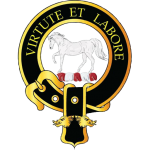Past Chiefs
William Cochrane
1st Earl of Dundonald
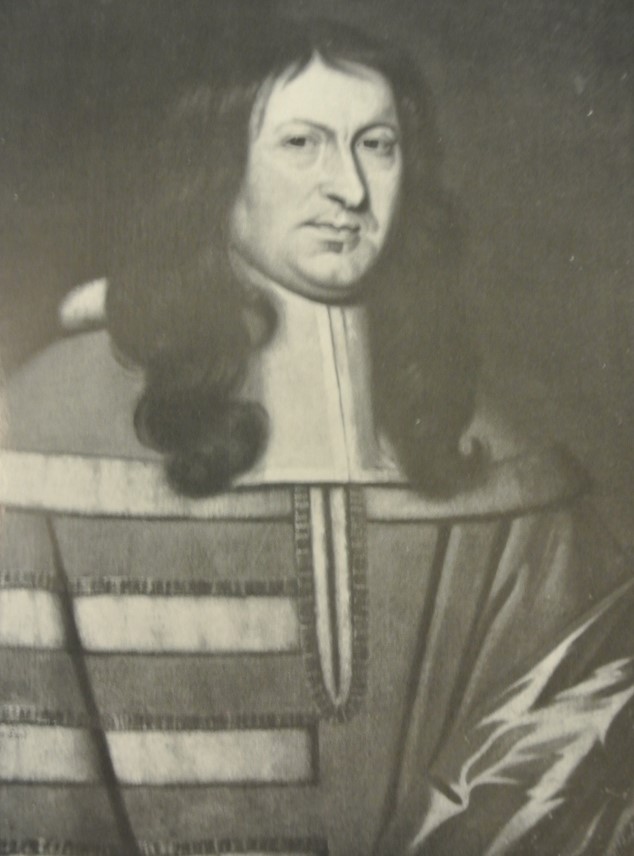
1st Earl of Dundonald
William Cochrane (1605– November 1685) supported the Royalist cause during the Wars of the Three Kingdoms.
William Cochrane of Coldoun, who was knighted by Charles I, acquired the estate of Dundonald in 1638. He was created Baron Cochrane of Dundonald in 1647. The part he had taken in the Wars of the Three Kingdoms, is evidenced by the proceedings of the Presbytery of Ayr, who, on 28 February 1649, debarred ‘Lord Cochrane’ from renewing the Solemn League and Covenant, he having ‘been a Colonel in the late unlawful rebellion, and having went to Ireland to bring over forces,’ etc. In 1654, he was fined in £5,000 by Cromwell’s Act of Grace and Pardon. In 1669, he was made a Commissioner of the Treasury and Exchequer, and created Baron Cochrane, of Paisley and Ochiltree (having previously acquired the latter barony), and Earl of Dundonald, with remainder to the heirs-male of his body, failing which, to tho eldest heirs-female of his body without division, and the heirs-male of such heirs-female, bearing the name and arms of Cochrane.
The Earl, in his old age, was accused, 1684, of having kept a chaplain with his son, then dying, 1679, who prayed for the success of these rebels in the west—those covenanters who defeated Claverhouse at the battle of Drumclog. The Earl died in 1686, and was interred in the church of Dundonald.
John Cochrane
2nd Earl of Dundonald
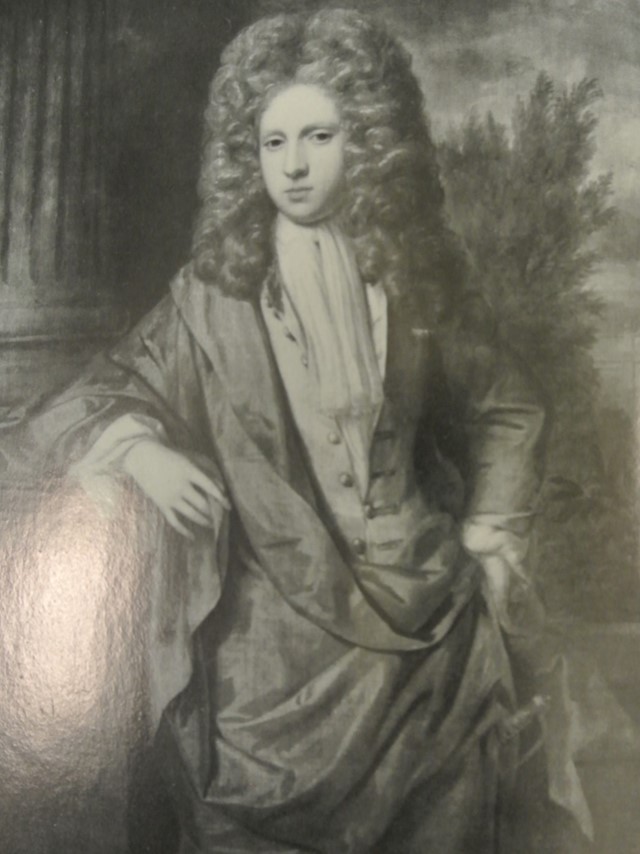
2nd Earl of Dundonald
John Cochrane, 2nd Earl of Dundonald was born circa 1660. He was the son of William Cochrane, Lord Cochrane and Lady Catherine Kennedy. He married Lady Susanna Hamilton, daughter of William Douglas-Hamilton, 1st Earl of Selkirk and Anne Hamilton, 3rd Duchess of Hamilton, after 17 November 1684. He died on 16 May 1690. He supported William of Orange. He succeeded to the title of 2nd Earl of Dundonald in 1685. He succeeded to the title of 2nd Lord Cochrane of Paseley and Ochiltrie in 1685. He succeeded to the title of 2nd Lord Cochrane of Dundonald in 1685.
William Cochrane
3rd Earl of Dundonald
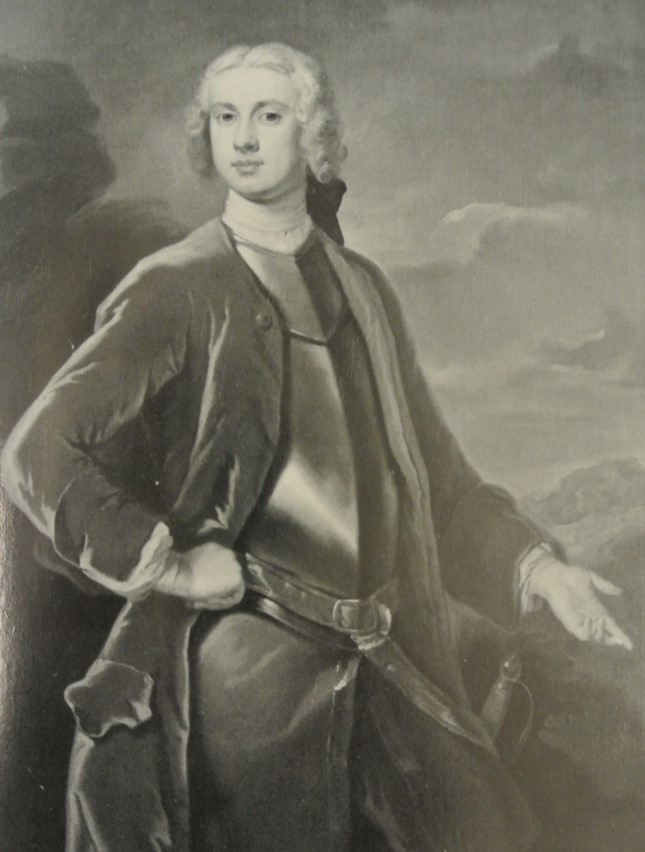
3rd Earl of Dundonald
William Cochrane, 3rd Earl of Dundonald was born circa 1686. He was the son of John Cochrane, 2nd Earl of Dundonald and Lady Susanna Hamilton. He died on 22 November 1705, unmarried. He succeeded to the title of 3rd Lord Cochrane of Dundonald on 17 May 1690. He succeeded to the title of 3rd Earl of Dundonald on 17 May 1690. He succeeded to the title of 3rd Lord Cochrane of Paseley and Ochiltrie on 17 May 1690.
Colonel John Campbell Cochrane
4th Earl of Dundonald
John Campbell Cochrane, 4th Earl of Dundonald was born on 4 July 1687 at Paisley, Renfrewshire, Scotland. He was the son of John Cochrane, 2nd Earl of Dundonald and Lady Susanna Hamilton.3 He married, firstly, Lady Anne Murray, daughter of Charles Murray, 1st Earl of Dunmore and Catherine Watts, on 4 April 1706. He married, secondly, Lady Mary Osborne, daughter of Peregrine Osborne, 2nd Duke of Leeds and Bridget Hyde, on 15 October 1715. He died on 5 June 1720 at age 32. He succeeded to the title of 4th Lord Cochrane of Dundonald on 22 November 1705. He succeeded to the title of 4th Earl of Dundonald on 22 November 1705. He succeeded to the title of 4th Lord Cochrane of Paseley and Ochiltrie on 22 November 1705.3 He held the office of Representative Peer [Scotland] between 1713 and 1715.3 He gained the rank of Colonel in the service of the 4th Regiment of Horse Guards.
William Cochrane
5th Earl of Dundonald
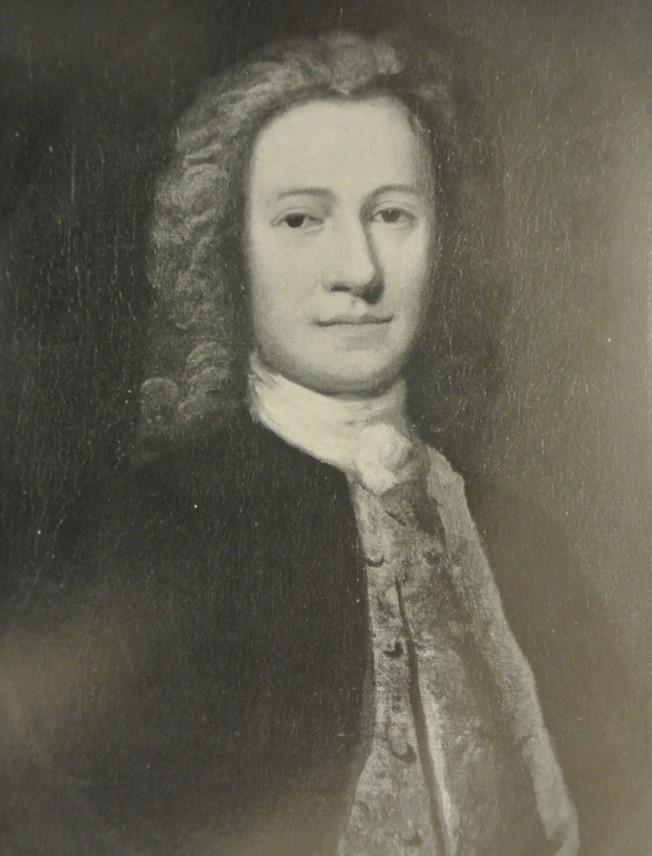
5th Earl of Dundonald
William Cochrane, 5th Earl of Dundonald was the son of John Campbell Cochrane, 4th Earl of Dundonald and Lady Anne Murray. He died on 27 January 1724/25, unmarried. He succeeded to the title of 5th Lord Cochrane of Dundonald on 5 June 1720. He succeeded to the title of 5th Lord Cochrane of Paisley and Ochiltrie on 5 June 1720. He succeeded to the title of 5th Earl of Dundonald on 5 June 1720.
Thomas Cochrane
6th Earl of Dundonald
Thomas Cochrane, was born in 1702. He was the son of William Cochrane and Lady Grizel Graham. He married Catherine Hamilton, daughter of Hon. Basil Hamilton and Mary Dunbar of Baldoon, in October 1727. He died on 29 May 1737. He succeeded to the title of 6th Lord Cochrane of Dundonald on 27 January 1724/25. He succeeded to the title of 6th Earl of Dundonald on 27 January 1724/25. He succeeded to the title of 6th Lord Cochrane of Paseley and Ochiltrie on 27 January 1724/25.
Captain William Cochrane
7th Earl of Dundonald

William Cochrane 7th Earl of Dundonald succeeded to the title of 7th Lord Cochrane of Dundonald on 28 May 1737. He succeeded to the title of 7th Lord Cochrane of Paseley and Ochiltrie on 28 May 1737. He succeeded to the title of 7th Earl of Dundonald on 28 May 1737. He fought in the Siege of Louisbourg during the 7 Years War (French and Indian War in the United States) where he was killed on 9 July 1758.
Major Thomas Cochrane
8th Earl of Dundonald
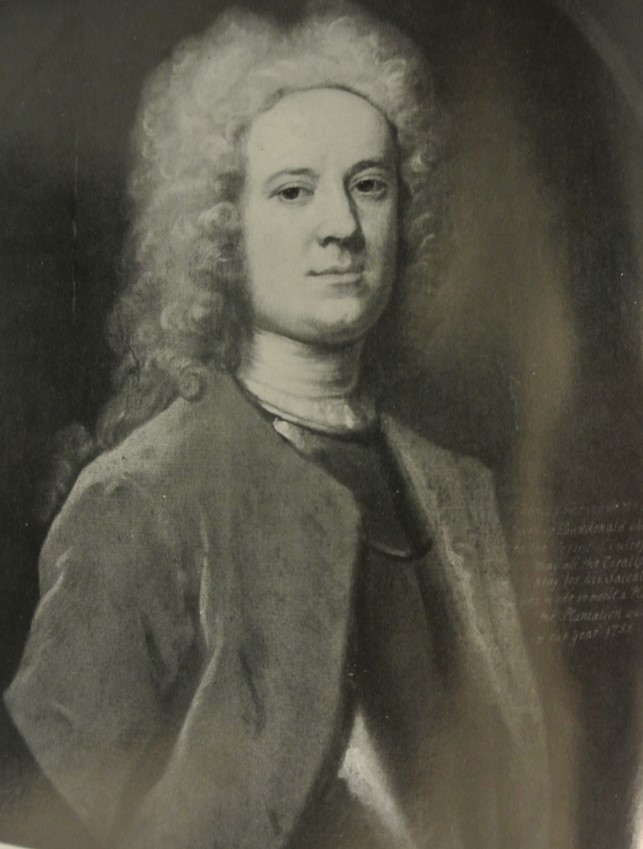
8th Earl of Dundonald
Thomas Cochrane (1691 – 31 October 1778) was a nobleman, army officer and politician.
Thomas was born in 1691, the seventh son of William Cochrane of Ochiltree, and his wife Lady Mary Bruce, eldest daughter of Alexander Bruce, 2nd Earl of Kincardine. He entered the army, becoming a cornet in the Royal Regiment of Dragoons in 1713, and a captain in the 27th Regiment of Foot in 1716. He rose to the rank of major in 1718 and was Fort Major at Fort St Philip on Minorca. He became Member of Parliament for Renfrewshire in 1722, and represented the constituency until 1727. He was Commissioner of the Excise for Scotland from 1730 until 1764. He supported the Hanoverians during the Jacobite Rising of 1745, and later gave evidence against the Lord Provost of Edinburgh, Archibald Stewart, who had surrendered the city to the Jacobites.
He acceded to the title of Earl of Dundonald on the death of his cousin, William Cochrane, the seventh earl, on 9 July 1758. William, an army officer, had been killed at the Siege of Louisbourg, and died without issue. As the eldest surviving son by now of William Cochrane of Ochiltree, Thomas had already inherited the family estates at Culross and Ochiltree.
Cochrane was married twice, firstly to his cousin, Elizabeth Kerr, in 1721. They had two children, a son Thomas who died young, and a daughter, Grizel. Elizabeth died in 1743, and on 6 September 1744 he married Jane Stuart. They had a number of children, firstly Archibald, born in 1748, who became an inventor and succeeded his father in the earldom, and secondly Charles, born in 1749 and who also embarked on a career in the army. He married Catherine, the daughter of Major John Pitcairn, and distinguished himself during the American War of Independence by carrying despatches from Sir Henry Clinton to Lord Cornwallis at the Siege of Yorktown, as a result of which Cornwallis made him his aide de camp. Charles Cochrane was killed shortly before the surrender. His third son, John, was born in 1750, and his fourth, James Atholl, was born in 1751 and entered the church, becoming vicar for Mansfield. His fifth, Basil, was born in 1753 and made a fortune supplying the Royal Navy in India. His sixth son, Alexander Forrester Inglis, was born in 1758, and entered the Royal Navy. He rose to be admiral of the white, an MP, and a Knight Grand Cross of the Bath.
Archibald Cochrane
9th Earl of Dundonald
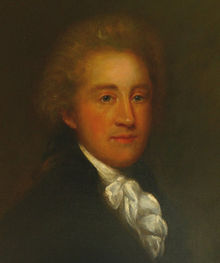
8th Earl of Dundonald
Archibald Cochrane, 9th Earl of Dundonald (1 January 1748 – 1 July 1831) was a Scottish nobleman and inventor. The son of Thomas Cochrane, 8th Earl of Dundonald, he joined the British Army as a youth and also served time in the Royal Navy before returning to Culross in 1778 after inheriting the Earldom of Dundonald from his father.
He inherited a title and family lands but little money. Left with no other means of support, Archibald turned to invention. His most noted invention was a method for making coal tar (patented in 1781) on an industrial scale. He hoped that he would be able to sell this as a sealant for the hulls of ships to the Royal Navy. After contacts with the British Admiralty were made, a test was performed on a buoy. The buoy was coated on one side and left uncoated on the other.
After some time the uncoated half was leaking and full of worms and barnacles, while the treated half was in quite good condition. A patent for his invention was drawn up, although all this time the finances were suffering. The family estates were used as collateral. Only there were powerful interests at play, namely involved with shipyards. A coated ship could stay in the water for very long periods without needing timbers replaced, when compared to a normal ship meaning demand for new construction would suffer. The patent expired and the Royal Navy adopted the new mixture and began using it, it was however too late for the earl to benefit financially. His other experiments with alum production, making bread from potatoes, and paint manufacturing also proved unprofitable. His experiments with producing soda from table salt proved more successful but were not enough to reverse his financial misfortunes. He died impoverished in Paris at the age of 83. The earldom of Dundonald passed to his son Thomas Cochrane.
He married three times. His first wife was Anne Gilchrist, daughter of Captain James Gilchrist whom he married in 1774. After her death, he married Isabella Raymond, daughter of Samuel Raymond, in 1788. His third wife was Anna Maria Plowden, daughter of Francis Plowden whom he married in 1819. He had four sons: Thomas Cochrane who was a highly successful Royal Navy officer, Basil Cochrane who briefly served in the Royal Navy before transferring to the British Army, William Erskine Cochrane who served in the British Army and Archibald Cochrane who also served in the Royal Navy. His younger brother Sir Alexander Cochrane was a senior Royal Navy commander during the Napoleonic Wars.
Admiral Thomas Cochrane
10th Earl of Dundonald
1st Marquess of Maranhão

10th Earl of Dundonald
Admiral Thomas Cochrane, 10th Earl of Dundonald, 1st Marquess of Maranhão, GCB, ODM (14 December 1775 – 31 October 1860), styled Lord Cochrane between 1778 and 1831, was a Scottish naval flag officer of the Royal Navy and radical politician.
He was a daring and successful captain of the Napoleonic Wars, leading the French to nickname him Le Loup des Mers (‘The Sea Wolf’).
He was dismissed from the Royal Navy in 1814, following a conviction for fraud on the Stock Exchange. He helped organize and lead the rebel navies of Chile, Brazil and Greece during their respective wars of independence through the 1820s. While in charge of the Chilean Navy, Cochrane also contributed to Peruvian Independence through the Freedom Expedition of Perú.
In 1832, he was pardoned by the Crown and reinstated in the Royal Navy with the rank of Rear Admiral of the Blue. After several more promotions, he died in 1860 with the rank of Admiral of the Red, and the honorary title of Rear-Admiral of the United Kingdom.
His life and exploits inspired the naval fiction of 19th- and 20th-century novelists, particularly the figures of C. S. Forester’s Horatio Hornblower and Patrick O’Brian’s protagonist Jack Aubrey. (ref. Wikipedia)
Captain Thomas Barnes Cochrane
11th Earl of Dundonald
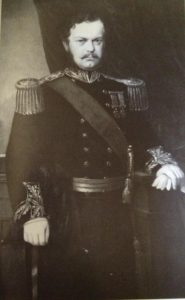
11th Earl of Dundonald
Thomas Barnes Cochrane was born on 18 April 1814. He was the son of Admiral Thomas Cochrane, 10th Earl of Dundonald and Katherine Frances Corbet Barnes. He married Louisa Harriet Mackinnon, daughter of William Alexander Mackinnon of Mackinnon and Emma Palmer, on 1 December 1847. He died on 15 January 1885 at age 70. He gained the rank of Captain in the service of the British Army.1 He succeeded to the title of 11th Earl of Dundonald on 31 October 1860.1 He succeeded to the title of 11th Lord Cochrane of Paseley and Ochiltrie on 31 October 1860. He succeeded to the title of 11th Lord Cochrane of Dundonald on 31 October 1860. He held the office of Representative Peer [Scotland] in 1879.
Lieutenant General Douglas Mackinnon Baillie Hamilton Cochrane
12th Earl of Dundonald KCB, KCVO

12th Earl of Dundonald
Cochrane, Douglas Mackinnon Baillie Hamilton, twelfth Earl of Dundonald 1852-1935, lieutenant-general, was born at Auchentoul House, Banff, 29 October 1852, the second son of Thomas Barnes Cochrane, eleventh Earl of Dundonald, a soldier, by his wife, Louisa Harriet, daughter of William Alexander Mackinnon of Mackinnon. He was a grandson of Thomas Cochrane, tenth Earl of Dundonald [qv.].
Dundonald (then Lord Cochrane) was educated at a private school at Walton-on-Thames and at Eton, and in 1870 entered the army as cornet and sub-lieutenant in the 2nd Life Guards. During the following fifteen years he visited Germany and South America and in 1884 was sent in command of a contingent of the 2nd Life Guards to relieve General Gordon [qv.] at Khartoum. He took part in the battles of Abu Klea and Gubat in 1885. His rides with dispatches across the desert to announce the seizure of Gakdul Wells and again to tell of the death of Gordon and the fall of Khartoum made him famous at the time. During this campaign he succeeded to the title (1885). For his services in Egypt he was mentioned in dispatches and promoted lieutenant-colonel on his return early in 1885. Four years later he became a brevet colonel. In 1890 he was made captain of the Queen’s Guard, and in 1895 he took command of the 2nd Life Guards. Four years later the Boers attacked Natal, and, although his period of command had in the meantime expired, within a few weeks (October 1899) he landed at Cape Town and offered his services to Sir Redvers Buller [qv.] and was given command of the South Natal Field Force. With it he was engaged at Colenso, and early in 1900, in command of the 2nd Cavalry brigade, he took part in the Tugela fighting and on 28 February 1900 entered Ladysmith. Later the same year he commanded the combined 3rd Mounted and Natal Volunteer brigades in the fighting on the Biggarsberg, and at Laing’s Nek
and in the eastern Transvaal. When Buller resigned the command of the Natal army in October 1900 the brigade was broken up and Dundonald returned to England. For his services in the campaign he was mentioned in dispatches six times and promoted major-general (1900).
In December 1900 Dundonald sat on the Yeomanry Reorganization Committee which brought about many changes, particularly in replacing the sword by the rifle. In 1902 he was invited to take command of the Canadian Militia with a view to its reorganization and he accordingly proceeded in July to Ottawa where two years of inspections resulted in a scheme for a Canadian citizen army. He was author of Cavalry Training, Canada (1904). Owing, however, to political conflict, his work came to an end and he returned to England in 1904, and in 1906 served on the committee for the reorganization of the Territorial Army under the chairmanship of R. B. (Lord) Haldane [qv.]. In 1906 he was promoted lieutenant-general and retired from the army in 1907. During the next few years he exerted himself in the interests of ex-servicemen and the work of their national association. He had, in 1897, designed a light machine-gun and a light ambulance, but neither was adopted for army use.
When war broke out in 1914 Dundonald was prevented by age from active participation, but he served his country as chairman of the Admiralty committee on smoke screens (1915), making use of plans drawn up by his grandfather, the proposals of which bore fruit in 1918. In 1921 he served as special ambassador on the occasion of the Peruvian centenary. He was appointed C.B. in 1896, K.C.V.O. in 1907, and K.C.B. in 1913. In 1878 Dundonald married Winifred (died 1924), daughter of Robert Bamford Hesketh, 2nd Life Guards, of Gwyrch Castle, Abergele, Denbighshire. They had two sons and three daughters. Although as a young officer in Africa he suffered an injury that somewhat handicapped him thereafter, he remained active to a late age, and at the age of seventy-seven he sailed a 14-ton boat across the Atlantic to South America. He died at his residence at Wimbledon Park, London, 12 April 1935, and was succeeded as thirteenth earl by his elder son, Thomas Hesketh Douglas Blair (born 1886). (biographical entry in the Dictionary of National Biography. Contributor: C. V. Owen. Published: 1949)
Captain Thomas Hesketh Douglas Blair Cochrane
13th Earl of Dundonald
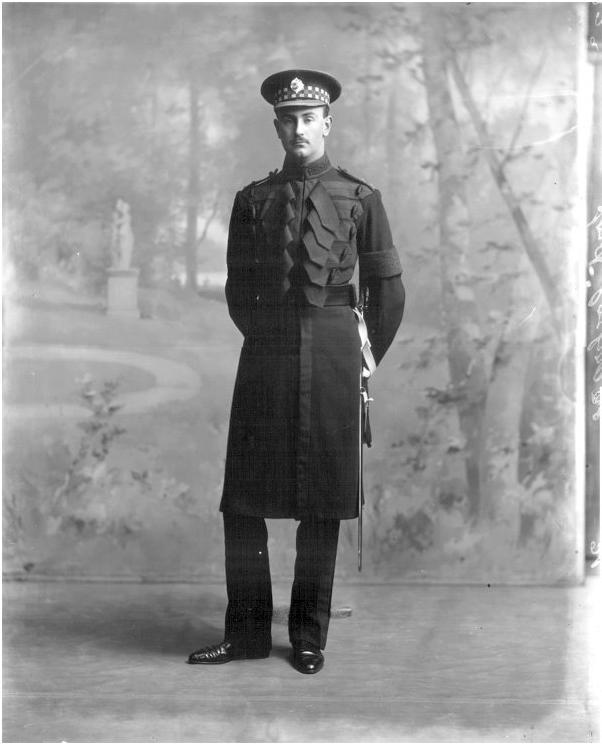
13th Earl of Dundonald
Thomas Hesketh Douglas Blair Cochrane, 13th Earl of Dundonald (21 February 1886 – 23 May 1958) was an officer in the British Army who served in World War I. He was a representative peer for Scotland and chairman of the Anglo-Chilean Society.
Cochrane was born on 21 February 1886, the son of Douglas Cochrane, 12th Earl of Dundonald and Winifred Bamford-Hesketh (died 1924).[2] He reached the rank of captain in the Scots Guards and fought in World War I, serving on the General Staff. For his services in the war he was awarded the Order of the Merit of Chile and made a Grand Officer, Order por Servicios Distinguidos of Peru.
He succeeded to the Earldom of Dundonald and its subsidiary titles of 13th Lord Cochrane of Paseley and Ochiltrie on the death of his father, 12 April 1935. He was a representative peer for Scotland between 1941 and 1955, and was the chairman of the Anglo-Chilean Society. He died unmarried on 23 May 1958.
Major Ian Douglas Leonard Cochrane
14th Earl of Dundonald
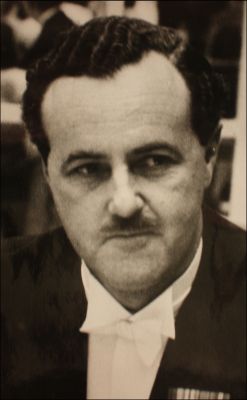
14th Earl of Dundonald
Ian Douglas Leonard Cochrane, 14th Earl of Dundonald was born on 6 December 1918. He was the son of Hon. Douglas Robert Hesketh Roger Cochrane and Enid Marion Davis. He married, firstly, Aphra Farquhar Fetherstonhaugh, daughter of Commander George Fetherstonhaugh, on 30 January 1960. He married, secondly,
Ann Margaret Harkness, daughter of Sir Joseph Welsh Park Harkness, on 15 July 1978. He died on 4 October 1986 at age 67. He gained the rank of Major in the service of the Black Watch, and fought in the Second World War, in North Africa, Sicily, Italy and Greece. He succeeded to the title of 14th Lord Cochrane of Paisley and Ochiltrie on 23 May 1958. He succeeded to the title of 14th Lord Cochrane of Dundonald on 23 May 1958. He succeeded to the title of 14th Earl of Dundonald on 23 May 1958. He held the office of Representative Peer [Scotland] between 1960 and 1986, and was chairman of the de Jersey Group of Companies.

